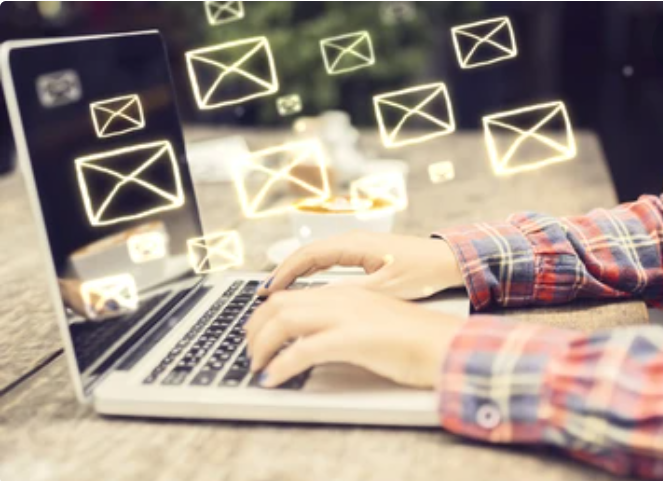We all know the feeling. No matter how many times you
respond, delete, or move your emails, the number of unread, unsorted and
unanswered ones keep building. The result is stress – every single time you
open your inbox.
“Email has become the biggest and worst interrupter the
universe has ever experienced,” says Marsha Egan, a workplace productivity
coach and author of Inbox Detox and the Habit of E-mail Excellence.
‘It’s cheap, it’s immediate, and you can copy 200 people if you want to.”
Not only that, says Cary Cooper, organisational psychology
professor at UK’s Manchester University, but the added stress affects our
health.
“Email overload is causing people to get ill,” he says.
“It’s a great way to keep in touch with people, particularly who are remote,” he
says. “It’s a great way to send data, to send information. By itself it’s fine
– it’s the way people are using it that’s the problem.”

Get smarter with your email by putting up some boundaries.
- Avoid opening each email as it
arrives
Instead, process them in a batch, preferably just a few
times a day. If this is not possible for you, then check email between other
things, rather than while you are focusing on a specific task.
Egan recommends this technique for every email you receive:
do, delete, delegate or defer. If you can deal with it within two minutes, do
it. Defer if it will take longer, popping it in a folder to which you return
later. The key is to deal with each message before moving on to the next, to
stop them all piling up unread. If you can, delegate the email to someone else,
and always delete emails you do not need.
Constant dings telling you that you have mail makes it
almost impossible to stay focused, and your productivity will plunge.
There are easy ways to filter out messages you can quickly
delete – for instance, any that you are copied in on that are more than three
days old.
Those newsletters that you thought you should read but never
do? Delete and unsubscribe. The same goes for emails from shops you once bought
from, or restaurants you once ate at. It takes a little longer than deleting,
but you only have to do it once.